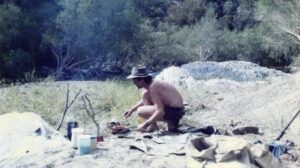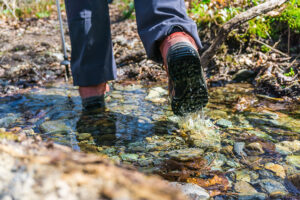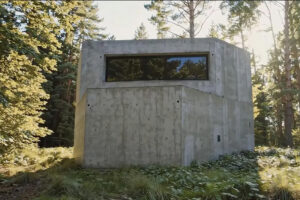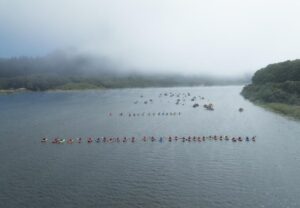The Brazilian Amazon is struggling through such a severe drought that shrinking rivers have receded to reveal ancient petroglyphs. These stone faces and figures may be up to 2,000 years old.
The drought is so bad that it has cut off food and water supplies to some towns and villages, and the water level at Manaus has reached its lowest point in at least 121 years. As water levels on the Rio Negro dropped to below 13m near the archeological site of Ponto das Lajes, the carvings emerged.
Researchers saw some of the carvings once before, during a similarly devastating drought in 2010. But this month, waters receded to the lowest on record, and more carvings are now visible.
Unknown carvings
The recently exposed rocky area, near where the Rio Negro and Solimoes River join, also shows evidence of stone tool production.
“This region is a pre-colonial site which has evidence of occupation dating back some 1,000 to 2,000 years,” archaeologist Jaime Oliveira told local media.

The Rio Negro with normal water levels. Photo: Shutterstock
The petroglyphs are still unstudied. Researchers have estimated their age based on similar carvings elsewhere in the Amazon.
The drought, attributed by scientists to the onset of El Nino and human-driven climate change, could last until December, according to Brazil’s science ministry. This gives scientists only a brief window to study the carvings.






